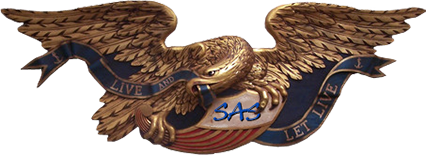Your research and hard work on this made this a very good topic, We should dedicate a section for war memorial´s and art. This is something we had once a while but never collected in one section. I will try to get the sitemoderators to make such a section.

